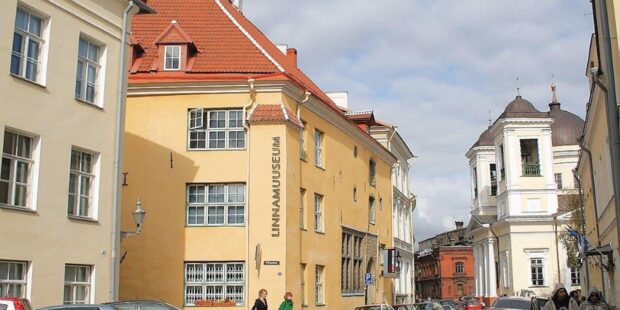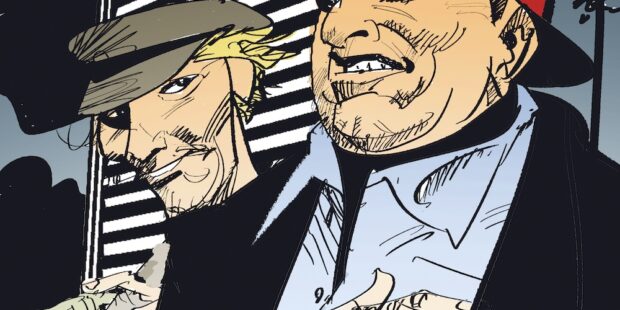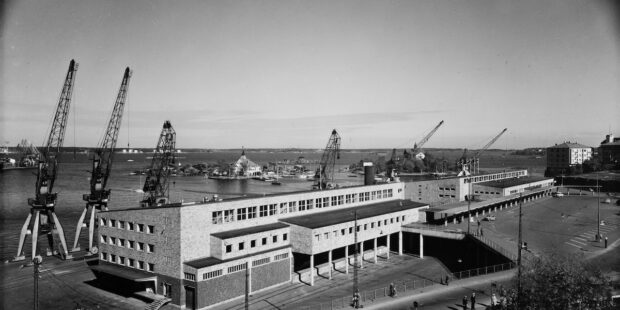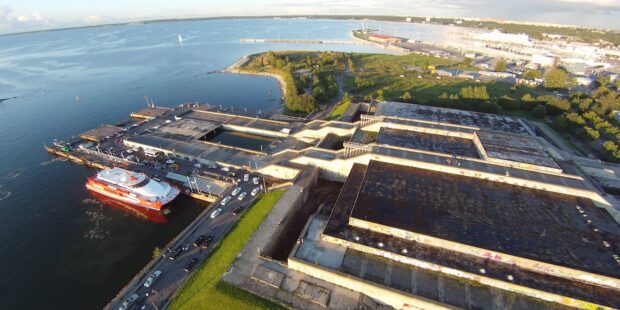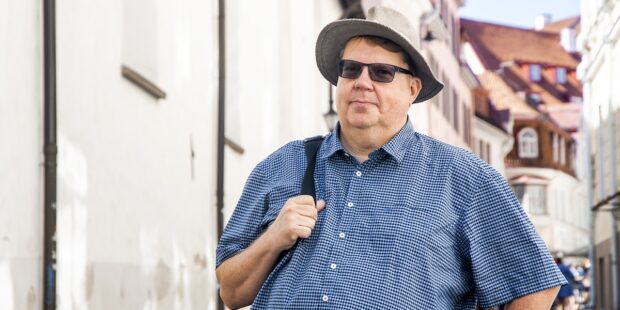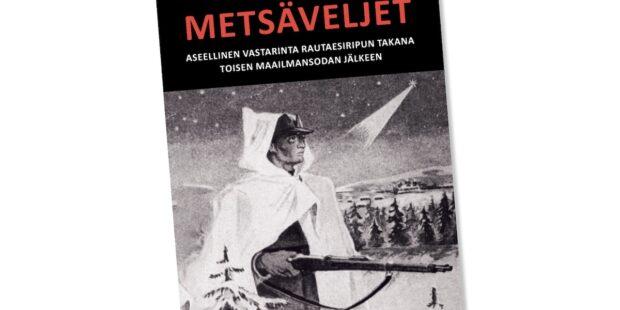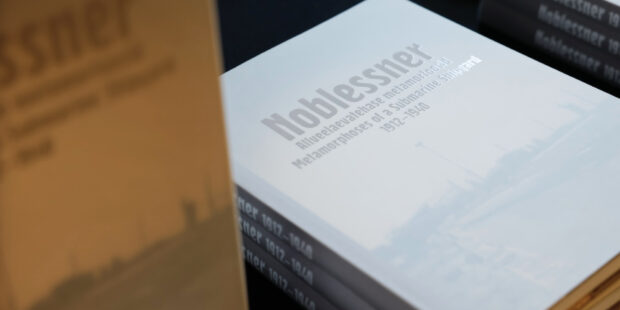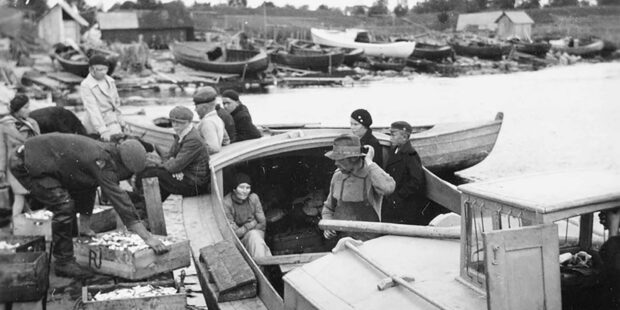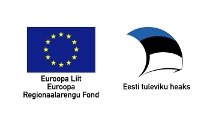In Kuressaare, you can get to know the Vikings before the Viking Age
Text and photos Timo Huttunen
Saaremaa Museum’s exhibition “Viikingid enne viikingeid” or in English “Vikings before Vikings”, showcases the discoveries from the Salme Viking ships discovered in Saaremaa in 2008. This is the that the finds find from the ships have gone on display to the general public. The exhibition in the episcopal castle in Kuressaare is open until August.
The Viking discoveries were made by chance
In September 2008, in Saaremaa, the remains of human skeletons, broken swords, rivets, game pieces, dice and other objects were discovered during the excavation work for the Tehumardi-Salme bike path.
In the archaeological excavations, it was revealed that the finds came from the Salme I ship grave, which was partially destroyed during the road works. A month later, another ship, Salme II, was found 50 meters away, near the Salme school building. Research revealed that Salme II is probably the oldest known sailing ship in the Baltic Sea. The remains of the ship were dated to 700–750AD.
The introduction of the sail was one of the main reasons for longer Viking expeditions. The year 793 is considered the beginning of the Viking Age. That year, Norwegian Vikings sacked the Lindisfarne monastery in England.
However, the ships in Salme are proof that Viking warriors from Scandinavia made armed trips to the eastern coast of the Baltic Sea even before the end of the 8th century. Salme preserved indisputable archaeological evidence of this.
A total of 41 Vikings were buried in the ships. They were mainly from the Lake Mälaren area in Sweden. Valuable objects in the graves tell of their high social status.
Salme’s ships are a mass grave of warriors who died in battle. This makes the Salme discoveries unique in the world. More than 600 pre-Viking and Viking ship graves have been found in Northern Europe. However, most of them are burials made at home. There are both women and men in the graves. How the soldiers on the sea voyage were buried was not known until the Salme ship graves were discovered.

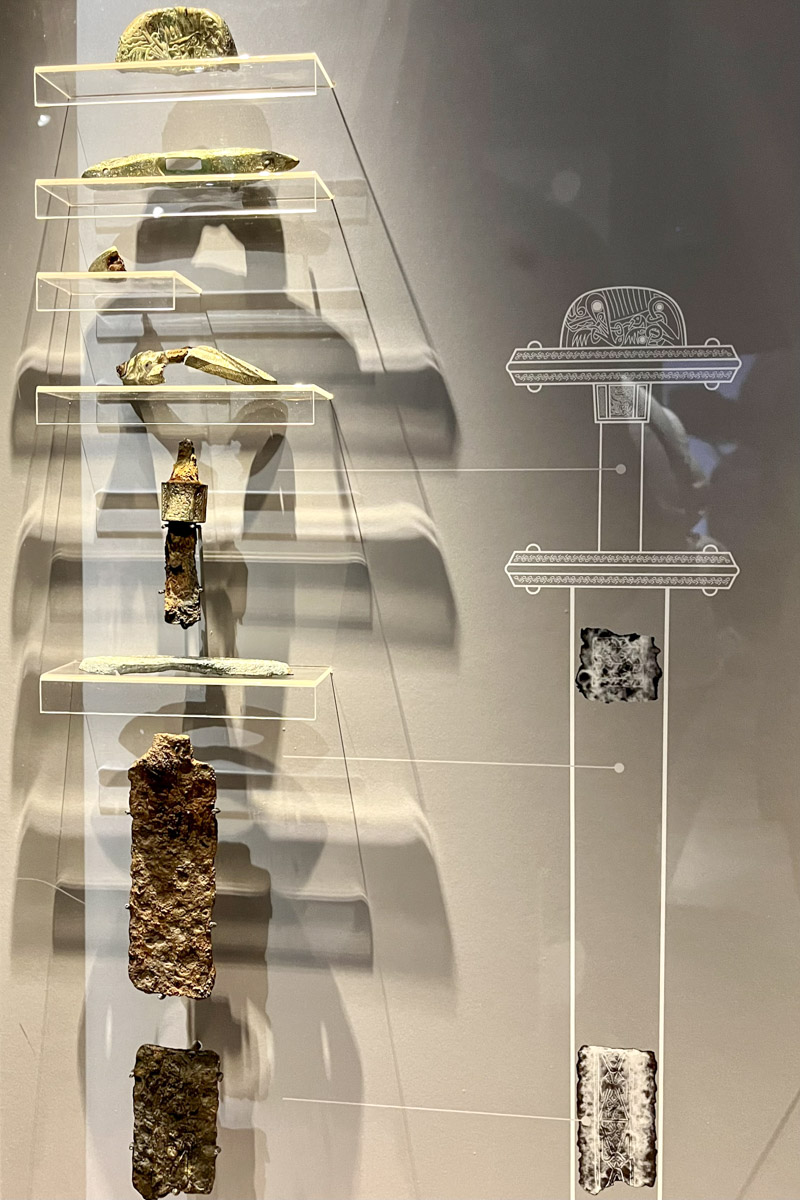
The discoveries in Salme give us an insight into the lives of Viking warriors
Thanks to the Salme discoveries, the exhibition gives a glimpse into the life of Viking warriors: where the men were from, what kind of ships they went to sea on, what equipment they took with them, how they fought, and how they buried their dead.
The Viking king is probably among the warriors buried in Salme. Namely, a game piece was found in the mouth of one of the skeletons, which represents the king in the hnefatafl board game popular at the time.
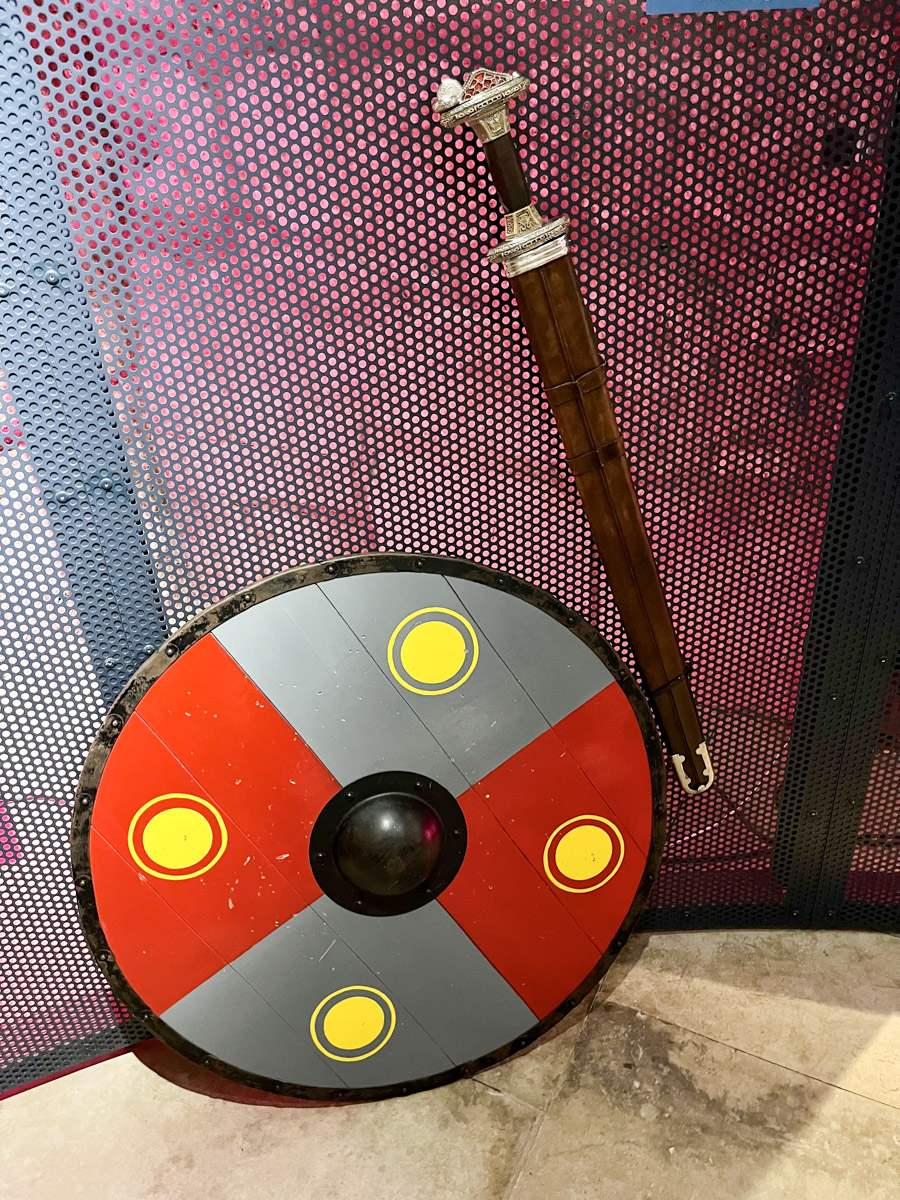
The finds are again in Saaremaa
The finds from Salme were studied at Tallinn University for more than ten years, and until now, they have largely been inaccessible to the public. Now the research work has been completed, and the findings are back in the Saaremaa Museum.
The exhibition features approximately 150 original pieces that were placed in the graves of Viking warriors. The purpose of the objects was to make life easier for the deceased in Valhalla.
A 1:10 scale model of the Salme II ship is also on display. On the big screen, you can watch a four-minute animation based on research results about the battle in Salme 1,300 years ago.
The exhibition is compact and clear. Modern technology has been used in the presentation. For example, the image of a skeleton found in a grave turns into a person dressed in Viking clothes, with buckles and jewellery and places a sword in the visitor’s hand with the help of an aid.
The purpose of the Viking objects in the display case can be seen from a short video, which starts playing when you press the number of the object.
The exhibition also has accurate replicas of Viking weapons. On display are a sword, shield, bow, arrows, as well as Viking clothing. Visitors can also try all of these.
The “Viikingid enne viikingeid” exhibition is open until the end of August.
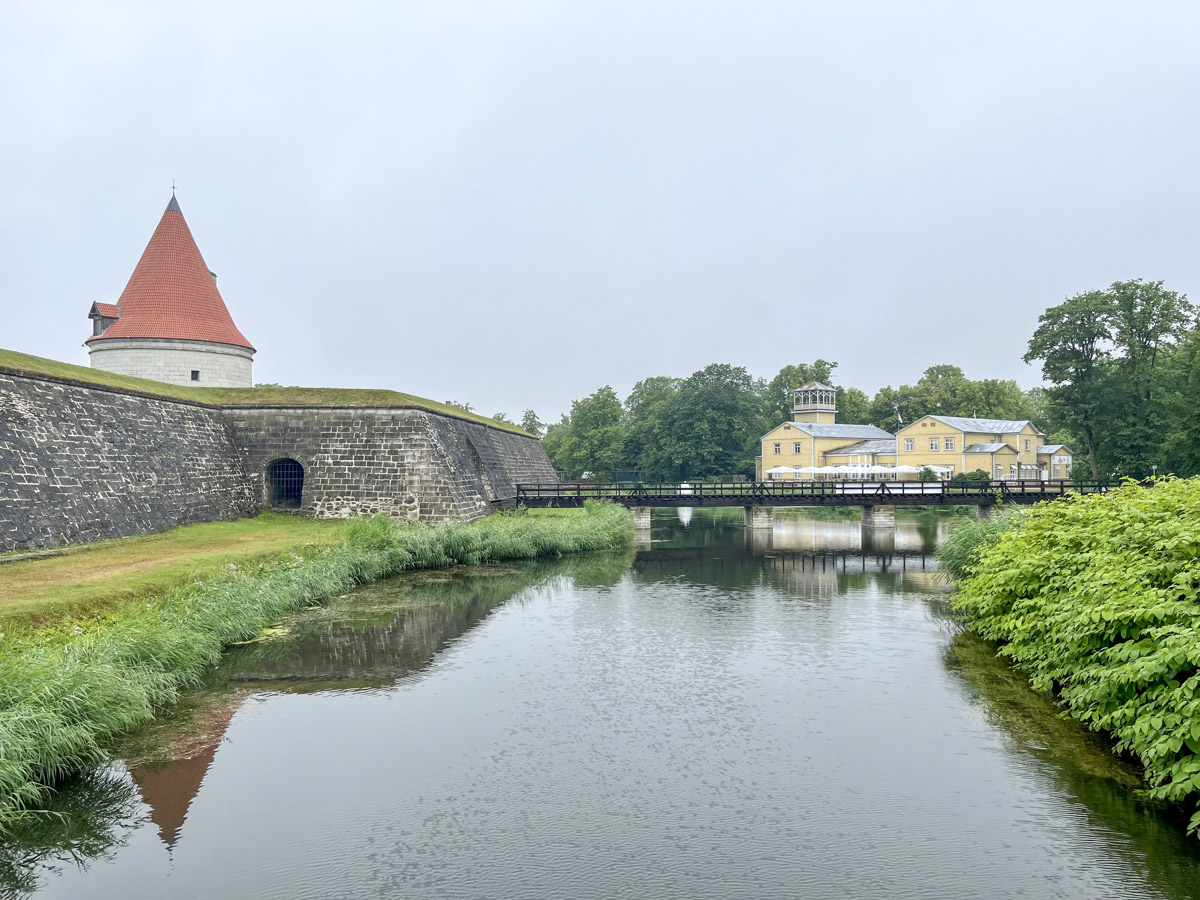
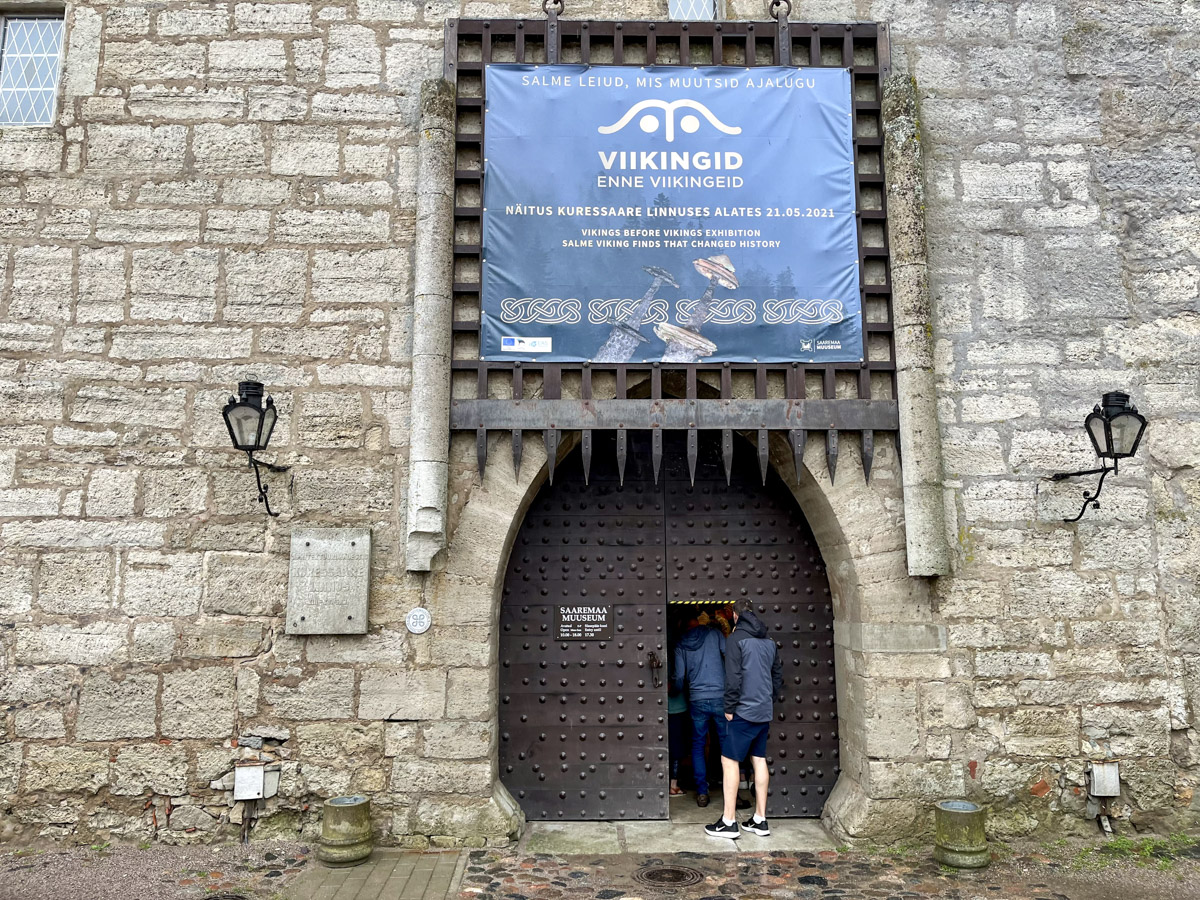
Saarenmaa Museum operates in the medieval bishop’s castle
Founded in 1865, the Saaremaa Museum is one of the oldest and largest museums in Estonia. It receives approximately 80,000 visitors annually.
The centre of the museum is the bishop’s castle, founded in the 14th–15th centuries. The castle has extensive permanent exhibitions on Saaremaa’s nature and history. There are also changing exhibitions every year. In addition, concerts, theatre performances, workshops and other events are organised in the area of the bishop’s castle. The castle and museum are Saaremaa’s most important attractions.
The main building of the bishop’s castle is in the late Gothic style. The exterior’s barrenness is combined with the interior’s elegant architecture and simple decorations.
The fortress surrounding the castle is an open-air museum of military architecture, where you can learn about the development of defence structures over time.
To learn more about this and similar topicsKuressaare Kuressaare Castle Museum Saaremaa Museum Salme Salme Viking Exhibition Salme Vikings Viking Exhibition


